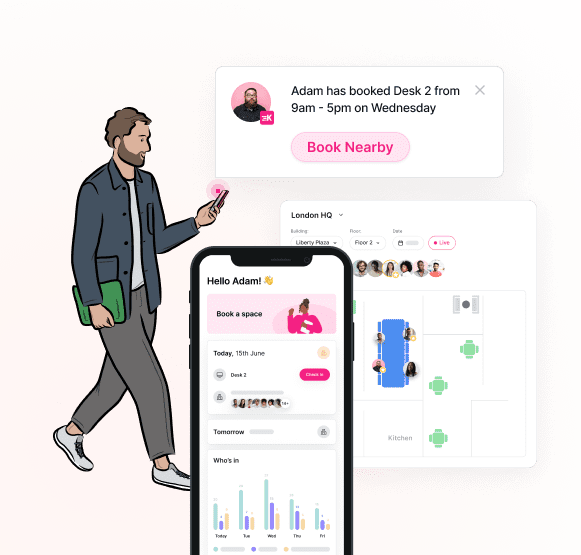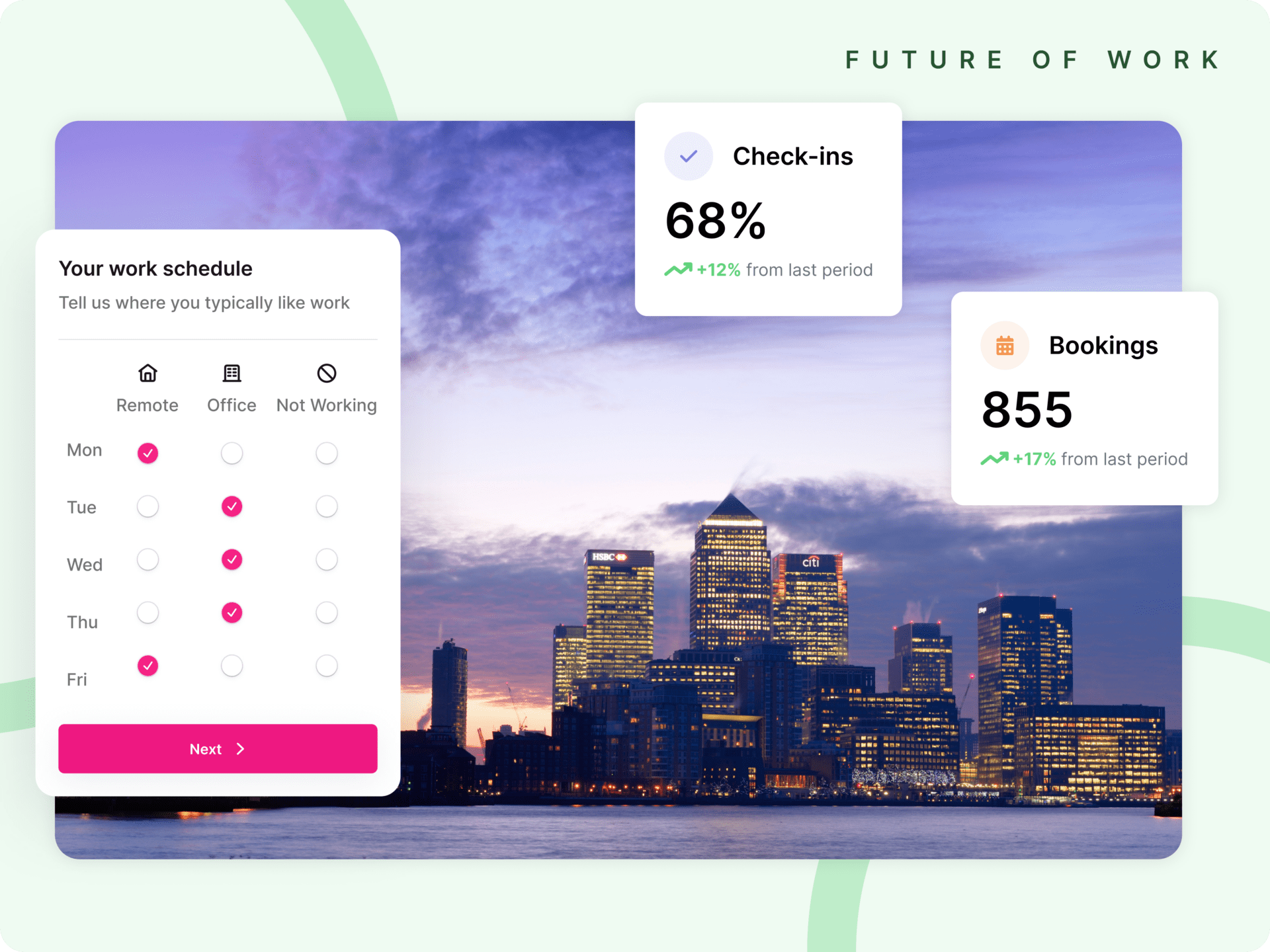Welcome to a new era of work. Traditional notions of where and how work gets done have been redefined. But what is hybrid remote work? This new terminology has become commonplace. It’s now an integral part of both how companies choose to operate and the attraction of jobs to employees.
In this article, we delve into what hybrid remote work entails, its benefits, challenges, and how individuals and businesses can navigate this new paradigm.
What is Hybrid Remote Work?
Organized Hybrid work represents a flexible approach to work. It combines elements of remote work with in-person office attendance. It allows employees to enjoy the best of both worlds.
There is the freedom and autonomy of remote work and the collaboration and connection that come with being in the office. It’s about striking a balance between the convenience of working from home and the advantages of face-to-face interaction.
The Rise of Hybrid Remote Work
The COVID-19 pandemic served as a catalyst for the widespread adoption of remote work. As organizations scrambled to adapt to lockdowns and social distancing measures, remote work became the norm virtually overnight.
However, as restrictions eased and businesses began to reopen, many companies found themselves grappling with the question of how to move forward. Enter hybrid remote work.
For some, the transition to remote work was seamless, highlighting the potential for increased productivity, cost savings, and improved work-life balance. However, others found themselves missing the social aspect of the office and struggling to maintain a sense of connection with their colleagues. Hybrid work emerged as a compromise, allowing employees to enjoy the flexibility of remote work, while still facilitating in-person collaboration when needed.

Benefits of Hybrid Remote Work
One of the key benefits of hybrid working is its flexibility. By allowing employees to choose where they work, businesses can attract top talent from around the globe and accommodate diverse lifestyles and preferences. This flexibility also extends to work hours, enabling individuals to structure their day in a way that maximizes productivity and well-being.
Hybrid remote work can lead to cost savings for both employees and employers. With reduced commuting expenses and overhead costs associated with maintaining office space, individuals can enjoy greater financial freedom. Businesses can reallocate resources towards more strategic initiatives, such as employee development and innovation. And even more, all of this has a positive contribution to reducing a company’s carbon footprint.
This approach also has the potential to foster a more inclusive and diverse workforce. By removing geographical barriers to employment, organizations can tap into talent pools that were previously inaccessible. Remote work arrangements can accommodate individuals with disabilities or caregiving responsibilities, opening up opportunities for greater participation in the workforce.
Challenges of Hybrid Remote Work
Despite its numerous benefits, hybrid work also presents its fair share of challenges. One of the most significant concerns is maintaining a sense of company culture and cohesion. With employees working from various locations, fostering a strong sense of belonging and connection can be more challenging. Organizations must invest in strategies to facilitate communication, collaboration, and team bonding in a virtual environment.
Much of this can be solved by having in place an operations system that can organize calendars and desk booking. Employees can book time in the office when they need and share when they’re working remotely.
Managing performance and productivity in a hybrid remote work setting requires a shift in mindset and approach. Traditional metrics of success, such as time spent in the office, may no longer be relevant. Instead, organizations need to focus on outcomes and results, measuring performance based on deliverables rather than hours worked.

Navigating the Future of Work
As we navigate the complexities, it’s essential to approach this new opportunity with intentionality and adaptability. For individuals, this may involve honing skills such as time management, communication, and self-discipline to thrive in a remote environment. It’s also crucial to prioritize work-life balance and establish boundaries between work and personal life.
For businesses, embracing hybrid work requires a strategic approach to leadership, culture, and technology. Leaders must cultivate a culture of trust, accountability, and flexibility, empowering employees to take ownership of their work and outcomes. Investing in technology and infrastructure that supports remote collaboration and communication is also critical for success.
Consider Kadence
Kadence is the software that can help you and your team find your rhythm of work. The key to successful hybrid work is a software that helps you manage and adopt an organized hybrid model.
Our Smart Suggestions feature recommends when to head into the office. Teammates can easily find time to collaborate together, and even choose a desk next to each other.
With Kadence Flex, you can book desks at a number of available co-working spaces across the globe. This is helpful if you have a distributed workforce who may not be located near offices.
Using our Insights feature, Kadence gives you a detailed guide of how your team use the offices available to them. Reports will tell you what spaces are being wasted so you can save on real estate costs.
Kadence seamlessly integrates with your existing technology tools. You can use Kadence in Slack, Teams and more without disrupting your workflow. Communication is made easy.
Together, we can build a future of work that is both fulfilling and sustainable for all. By embracing flexibility, autonomy, and inclusivity, organizations can harness the full potential of hybrid remote work. Drive innovation, productivity, and employee satisfaction by remaining agile, empathetic, and open to experimentation. This is the future of work.
Book a demo today.




